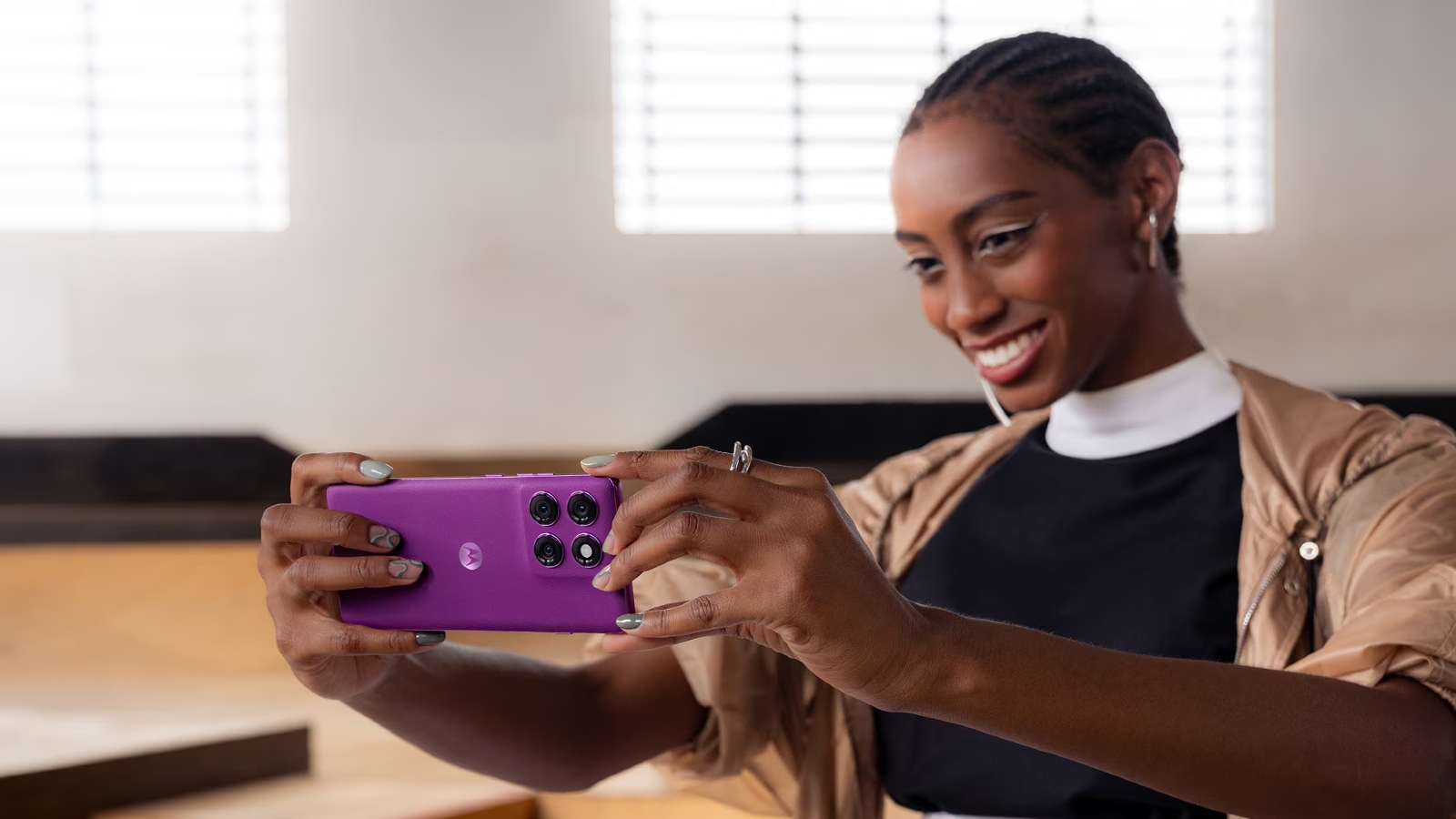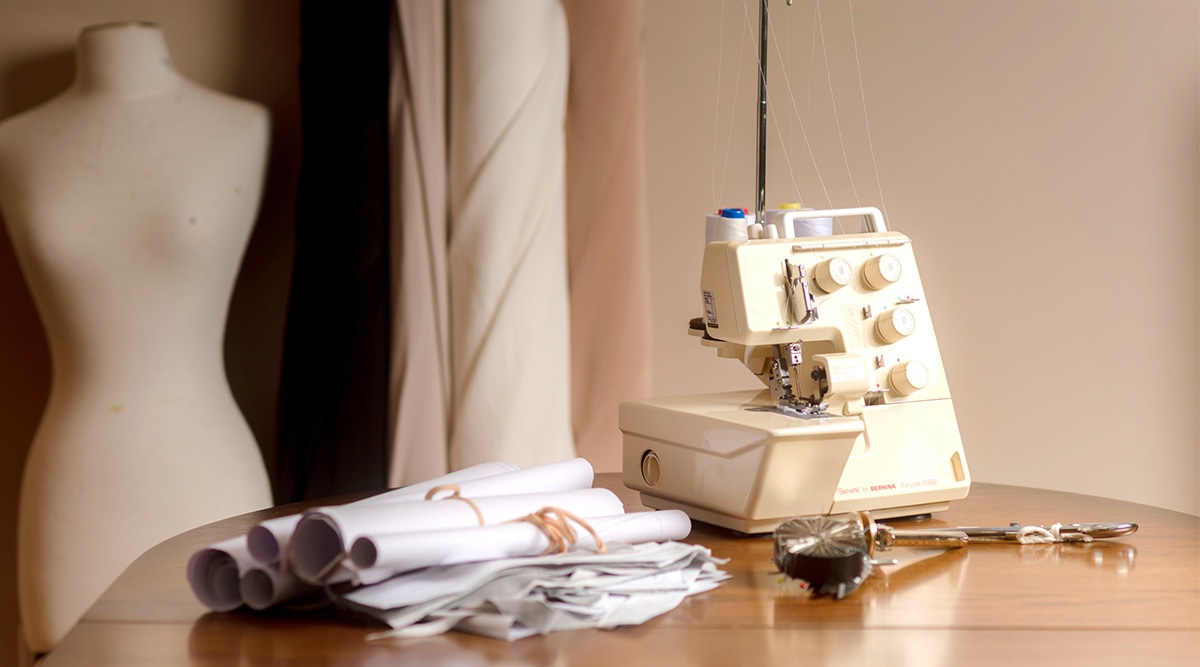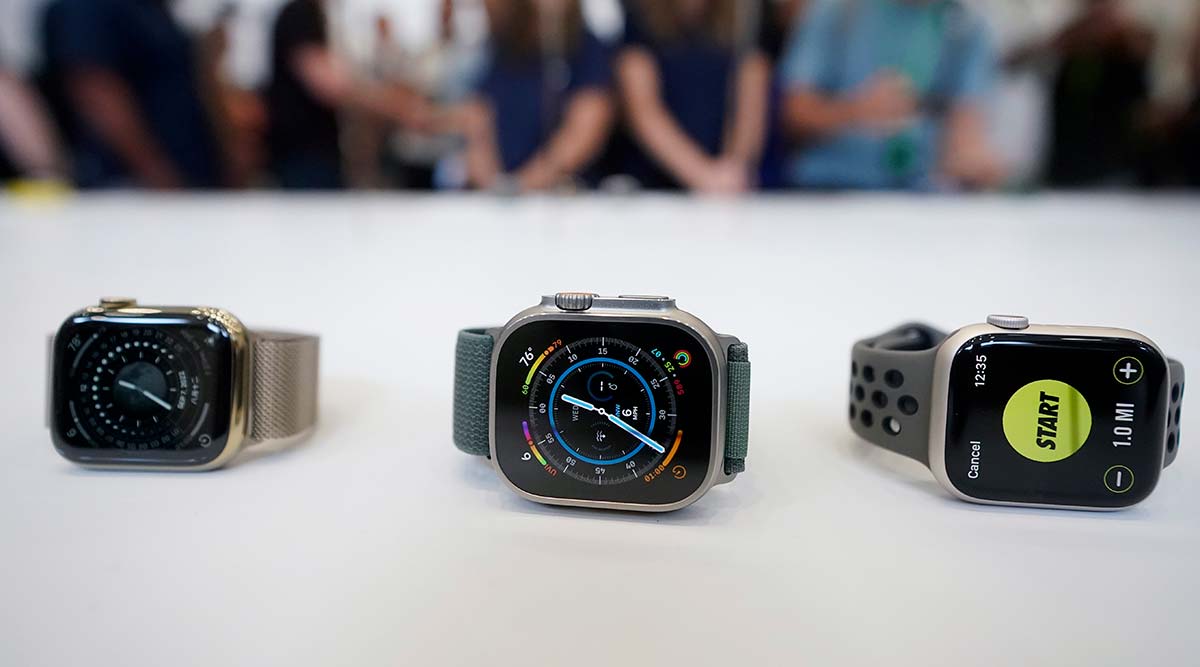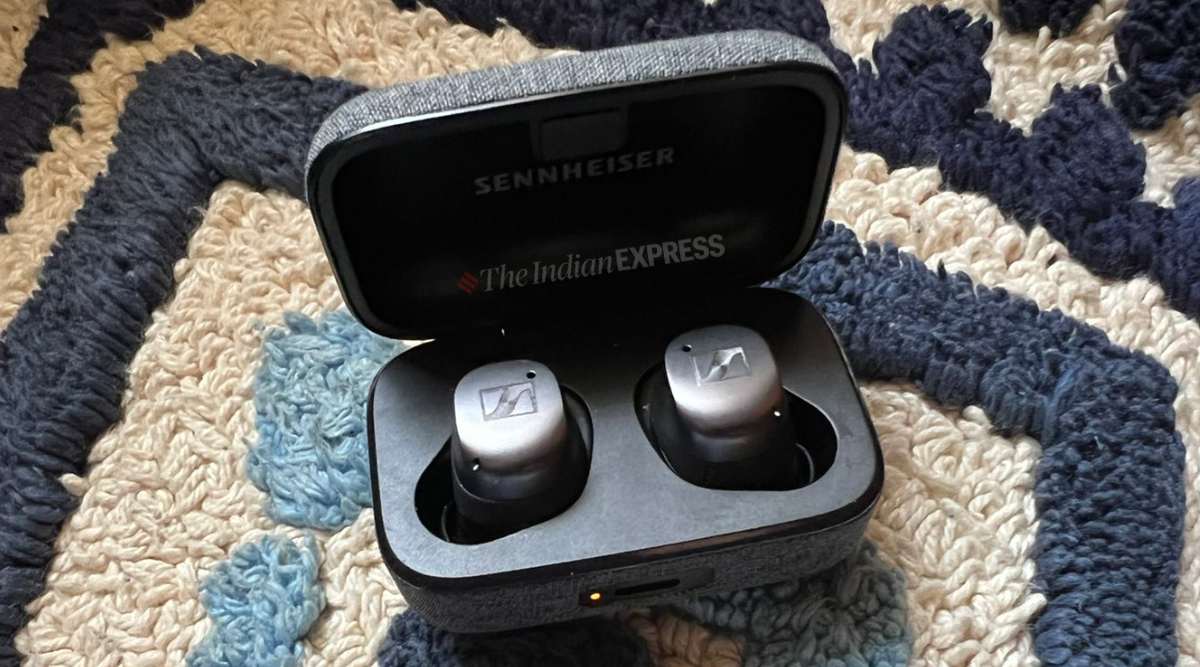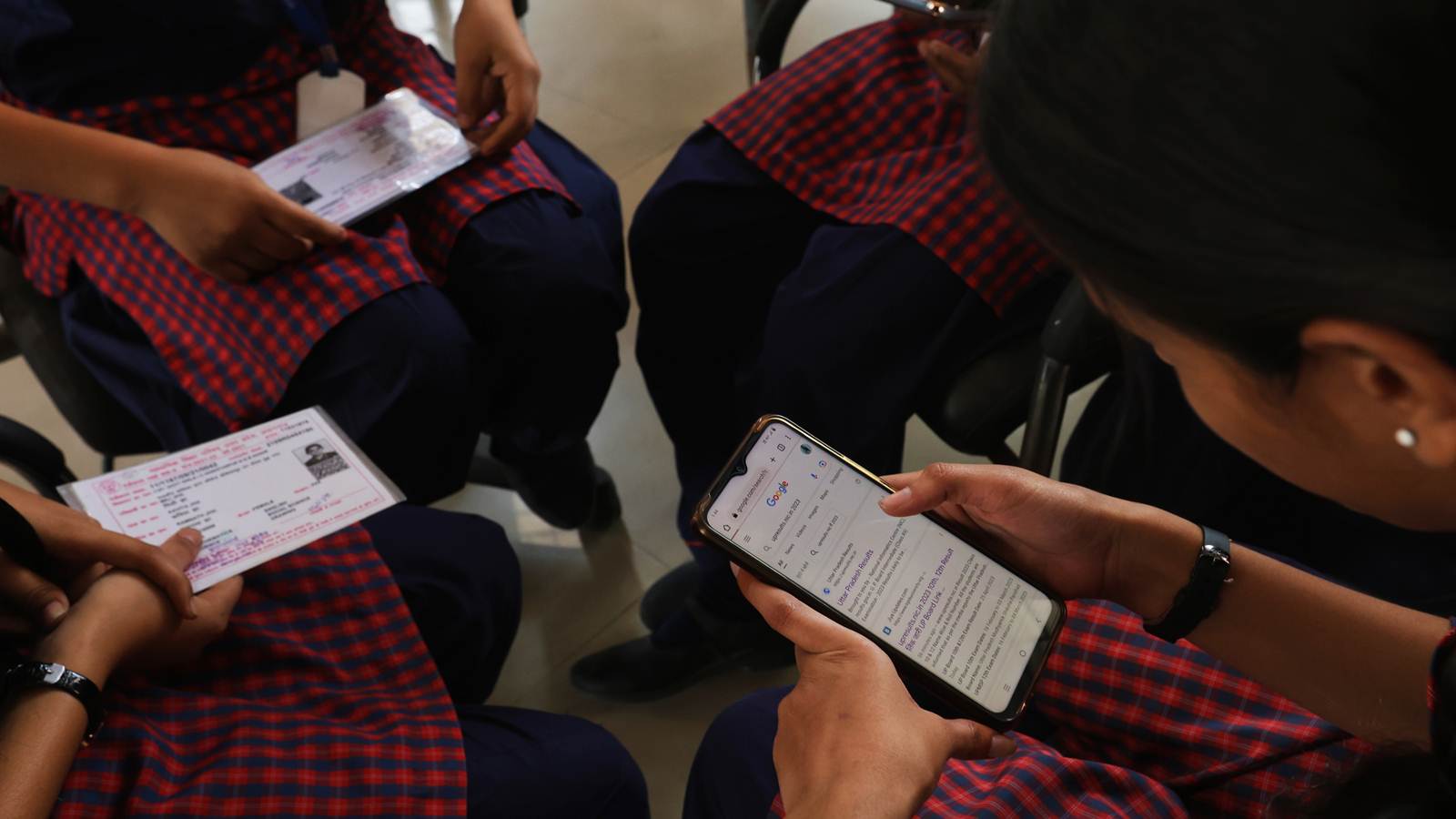When you step into a store and ask for a Motorola smartphone, it’s easy to distinguish the device from other phones on the market. It’s colourful, features a vegan leather back, and the AI features blend seamlessly into the user interface. The focus on bringing more fun and personalisation to the lineup, along with the consistency and coherence across products, is part of a new strategy that Motorola has implemented — and is now seeing the rewards.
While colour experimentation and new finishes are nothing new for Motorola, there’s a clear throwback to the early 2000s, with a bold slate of fun colours making a comeback at a time when most smartphones look cold and utilitarian, dominated by space grey and silver aluminium bodies.
“I can tell you as a fact that over the past two years, 65 per cent of the phones we sold were not black or grey. We have grown in volume, and 65 per cent of that growth came from phones in colours other than black, grey, or white — the traditional colours that typically dominate the market. So for us, it’s working, and I believe it’s working because we have the right strategy and the right partner,” Ruben Castano, Vice President, Design, Brand & CX, Motorola Mobility, told indianexpress.com in an interview on the sidelines of the launch of Motorola Edge 60 Pro in India.
‘We take colour very seriously’
Castano emphasised that it’s not just about launching a phone in any colour, but about choosing the right colour shades. Motorola works closely with Pantone, the company behind the universal-standard in colour language for over 60 years, to select the colours for its devices. “We are not playing around with colours — we take colour very seriously. We have a global, multi-year exclusive agreement with Pantone. Our competitors can put as many colours as they want on their devices — or none at all — but it’s about choosing the right colours,” he said.
Castano said Motorola and Pantone work closely on selecting colours, and the choice of colours depends largely on what works best on smartphones. He said Pantone has a global network of experts across many different industries and understands social, cultural, macro, and micro trends very well.

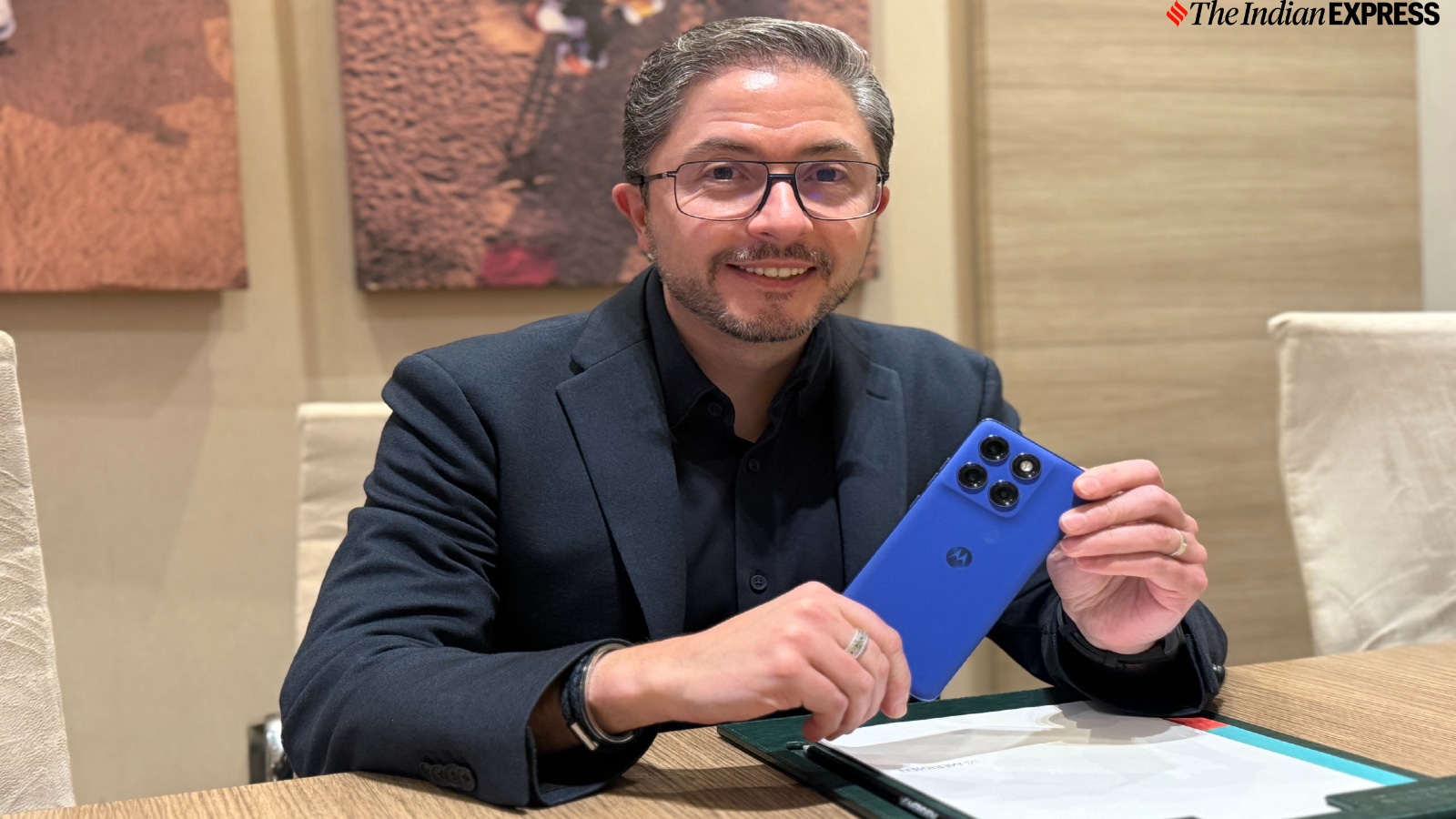 Castano is seen with the Motorola Edge 60 Pro, which has a dedicated “AI key”, a button on the left of the phone that trigger Moto AI. Google’s Gemini, Microsoft’s Copilot and for the first time, the AI search engine Perplexity AI will be preloded on the device. (Image credit: Anuj Bhatia/Indian Express)
Castano is seen with the Motorola Edge 60 Pro, which has a dedicated “AI key”, a button on the left of the phone that trigger Moto AI. Google’s Gemini, Microsoft’s Copilot and for the first time, the AI search engine Perplexity AI will be preloded on the device. (Image credit: Anuj Bhatia/Indian Express)
“Pantone brings global expertise and a vast network of professionals who work across industries — from fashion and apparel to automotive and interior design. This deep knowledge of the colours that will influence consumers when our products hit the market is the real key. Our competitors can also try to work with colours, but picking the right colours is what matters — and we can do that because we have the right partner.”
“We review with them multiple times a year. From those reviews, which initially have nothing to do with colour, we begin to distil information from what’s called forecasting. Based on that forecasting, we start selecting colours together. Of course, we rely on their expertise, but we make the selections together because we are the experts in our field — mobile phones,” he said, explaining how Pantone colours are selected.
The brand also considers seasonality when making these decisions.
Story continues below this ad
“Certain colours might work well in other fields, in other verticals, in other industries, but when it comes to mobile phones, you have to know which ones will work best for our devices. We also know when our products will hit the market, and seasonality, believe it or not, plays a big role. When our products launch, they are part of a broader story of what’s happening in the world of consumers,” Castano said.
Going beyond colours
But as Castano explained, colour is just one part of the story. Motorola is also putting a lot of thought into choosing different materials and finishes for its devices to make its products feel more welcoming. He said it’s all part of the plan to make intentional design considerations and bring splashy colours and differentiated finishes, other than metal body designs, to make sure their products feel more like an extension of their customers’ personalities.
“There’s a lot of effort put into the material, texture, and finish of the device. When you pick it up and hold it in your hand, it doesn’t feel like a low-cost piece of plastic. It’s vegan leather, materials, and textures developed with a lot of know-how that complement the overall experience. And each device is different from the next. Each colour is different from the next. We don’t apply the same texture as a copy-and-paste process across our entire line. We go the extra step of identifying the colour and then selecting the right finish and texture that works best with that specific colour,” he explained.
Growing in India
Motorola has experienced a resurgence in the global smartphone market lately, with the brand setting an aggressive target to become one of the top three smartphone players in the world within the next three years. Lenovo, the world’s largest PC vendor by volume, acquired Motorola from Google in 2014.
Story continues below this ad
In recent years, Motorola has made strategic changes and is focusing on refining its portfolio across both high-end and mid-range smartphones. In 2020, Motorola rebooted its iconic Razr as a foldable smartphone. That device, along with its subsequent versions, has placed the brand in direct competition with Apple and Samsung in the high-end phone market.
 “Moto AI is not an application or a destination. It’s available everywhere—on the lock screen, the home panel, or within any application, at any given time,” says Castano. (Image credit: Anuj Bhatia/Indian Express)
“Moto AI is not an application or a destination. It’s available everywhere—on the lock screen, the home panel, or within any application, at any given time,” says Castano. (Image credit: Anuj Bhatia/Indian Express)
In the US, Motorola is the third-largest smartphone vendor by market share. In Latin America, Motorola is the second-largest player. In India, Motorola has a 6 per cent market share in 2024, but the brand has seen a growth of 135.9 per cent, the highest among all smartphone brands in the country, according to International Data Corporation (IDC). Motorola grew 23 per cent in 2024, surpassing 57 million units globally, as per research firm Canalys.
Part of its growth in India comes from the mid-range segment. “It’s always about pricing the products correctly. It’s also about finding the right features that are meaningful for consumers and bringing them at more affordable price points, without sacrificing quality or premiumness, because all those things can be delivered in a very compelling package. For us, the success we have seen in India also has to do with the fact that we are able to put together a very cohesive value proposition for the Indian consumer — great design, appealing colours, materials and finishes, and great durability on our devices,” said Castano.
He said the way Motorola brought premium features like curved displays, premium vegan leather finishes, styluses, and AI features to smartphones at affordable prices has resonated with consumers in India, and that’s reflected in how the brand grew in the country. Motorola manufactures its smartphones in India.
Story continues below this ad
But as Castano indicated, Motorola wants to be seen as a lifestyle brand as much as a tech brand. That’s part of the strategy to capture market share in different product segments. In recent months, the brand has expanded its connected ecosystem by debuting laptops, tablets, smartwatches, and wireless earbuds.


